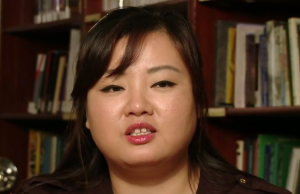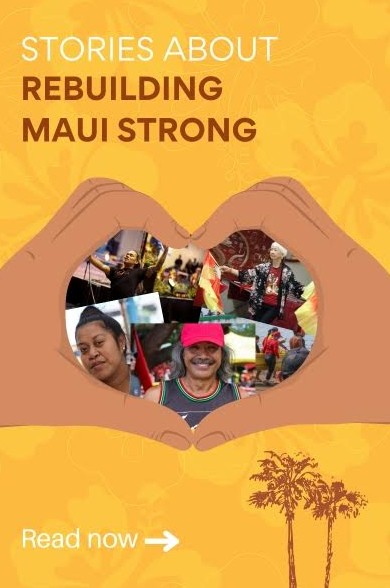 By Minnie Roh,
By Minnie Roh,
Reporter
Asian American Life
For many, North Korea is considered to be one of the most oppressed countries in the world. Thousands of people attempt to flee the ironclad regime every year, but few succeed. Those who are caught face severe punishment or possibly even death.
But there are some who do make it to freedom, like Cho Jin Hye.
Cho was 19 when she was captured by Chinese police in Inner Mongolia. The police were cracking down on people who would escape through cracks in the border between North Korea and China. With the help of a pastor whom she had befriended through underground connections, Cho had been leading a group of North Koreans out of the country. Cho was sent back to a North Korean prison where she claims guards tortured her to extract information about her compatriots who had evaded capture.
“A guard came to my cell,” says Cho. “He told me to take off my shoes and then he would step repeatedly on the back of my heel with no mercy. And he would pull my hair in clumps until my hair was all over the floor.”
In between the beatings, she describes being holed up in a cell room less than 200 square feet with close to a hundred other people. Bugs, rodents, infection was rampant, and without adequate food and water, she was slowly starving to death.
According to a report by the United Nations Commission of Inquiry on Human Rights, there are between 80 to 120-thousand prisoners currently being held in captivity in similar camps across North Korea. Grassroots organizations like Liberty in North Korea, or LiNK, were created in part to aid in relocating defectors to South Korea and the United States, but also to bring awareness to the plight of the North Korean people.
To date, there are roughly 27 thousand defectors in South Korea. In the United States, about 170 have settled here after this country opened it’s doors to asylum seekers in 2006.
For more about the hardships Cho faced in the North Korean prison camps and her struggle to acclimate to the western world, watch this month’s Asian American Life.
This edition of Asian American Life also includes:
Remembering Civil Rights Leader Yuri Kochiyama
Reporter Kyung Yoon attends a tribute to the late Asian American civil and human rights leader/activist Yuri Kochiyama, who fought for social justice, out of a base in Harlem, for over 40 years before her death in June 2014. Nominated for the Nobel Peace Prize through a “1,000 Women for the Nobel Peace Prize 2005” project, she is seen in an iconic photo, featured in Life Magazine, cradling Malcolm X’s body on the day he was assassinated in 1965. Interviewed are Kochiyama’s daughter, Audee Kochiyama-Holman, and her grandson, Zulu Williams.
Pearl River Mart
The oldest and largest Chinese department store in the United States, Pearl River Mart began as a small shop in Chinatown and is now a million-dollar shopping emporium on lower Broadway in SoHo. Reporter Paul Lin talks with Ming Yi Chen, co-founder; Michelle Chen, his daughter; and Wilkie Wong, president of the store’s internet operations, about the store’s history and its amazing variety of offerings.
Button Shop Art Gallery
A Chinatown button shop on Mott Street offers more than meets the eye – it also houses an underground art scene. Ernabel Demillo speaks with Amy Li, who – after an exhaustive search for affordable gallery space in Manhattan – elected to open a gallery in her parents’ button shop. Now it’s getting international attention.



